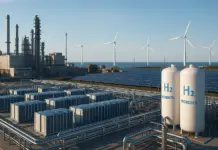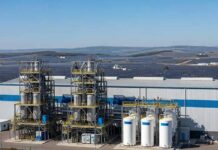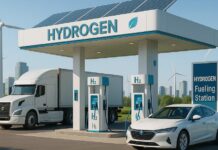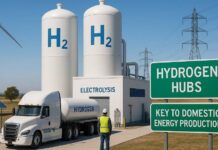ExxonMobil and BASF have formalized a Joint Development Agreement to speed up work on methane pyrolysis for low-emission hydrogen. The two companies announced the move in November 2025 and said they plan to build a demonstration unit in Baytown, Texas.
As outlined in the project details, the Baytown site is expected to show whether it can produce up to 2,000 tons of low-emission hydrogen a year and around 6,000 tons of solid carbon. If successful, it would represent a key technical step forward for both companies. The plan reinforces their shared interest in advancing a hydrogen value chain pathway designed to deliver industrial-scale solutions anchored in low-emission hydrogen.
“This collaboration combines technological innovations and industrial expertise of ExxonMobil and BASF to accelerate the development of low-emission hydrogen,” stated Mike Zamora, president of ExxonMobil Technology and Engineering Company. He added that “Methane pyrolysis holds real potential, especially in regions where traditional carbon capture and storage solutions are less viable. ExxonMobil brings decades of deep technical knowledge in methane pyrolysis and a shared commitment to innovation.” BASF confirmed that the partnership aligns with its long-term strategic roadmap, following years of research on methane pyrolysis supported by the German Federal Ministry of Research, Technology, and Space (BMFTR). “This novel methane pyrolysis technology generates competitive low-emission hydrogen and has a high potential for further reduction of the carbon footprint of our product portfolio. In line with our new Winning Ways Strategy, it will contribute to our ambition to be the preferred chemical company to enable our customers’ green transformation,” said Dr. Stephan Kothrade, member of the Board of Executive Directors and Chief Technology Officer at BASF.
The initiative fits with ExxonMobil’s broader goal of developing hydrogen solutions that can be scaled in different regions and energy systems. The partnership is being presented as a possible route toward longer-term industrial deployment, with the aim of reaching volumes that make commercial sense. Both companies said the partnership supports their push toward a larger role in the hydrogen sector while continuing to focus on methane pyrolysis as a core development area.































